When researching or reading about different fabrics, you are likely to see the word yarn mentioned a lot. ‘Made from spun yarns’ or ‘with synthetic yarns’ are a couple of examples. But what is yarn? What is spun yarn? Are there other types? What does it all mean, and how much relevance does this bear to your final fabric? That’s what we are here to look at in a little more detail.
What is Yarn?
Yarn is a length of fibres. That’s the simplest way to explain it. It is a continuous length of fibres which are interlocked, and it’s used to produce fabrics, as well as in crocheting, knitting, embroidery and ropemaking.
This means that we can split yarn into two different ‘categories’ of sorts. The thread that is used for embroidery or in sewing machines, as well as yarn (commonly known as balls-of-wool) used in crafts such as knitting or crocheting, are long lengths that are bought as yarns.
The alternative would be a yarn which is then knitted or woven into a fabric. The textile is then bought as fabric, in lengths, rather than the yarn itself being purchased separately. This second description is the one that we will explore further in this post.
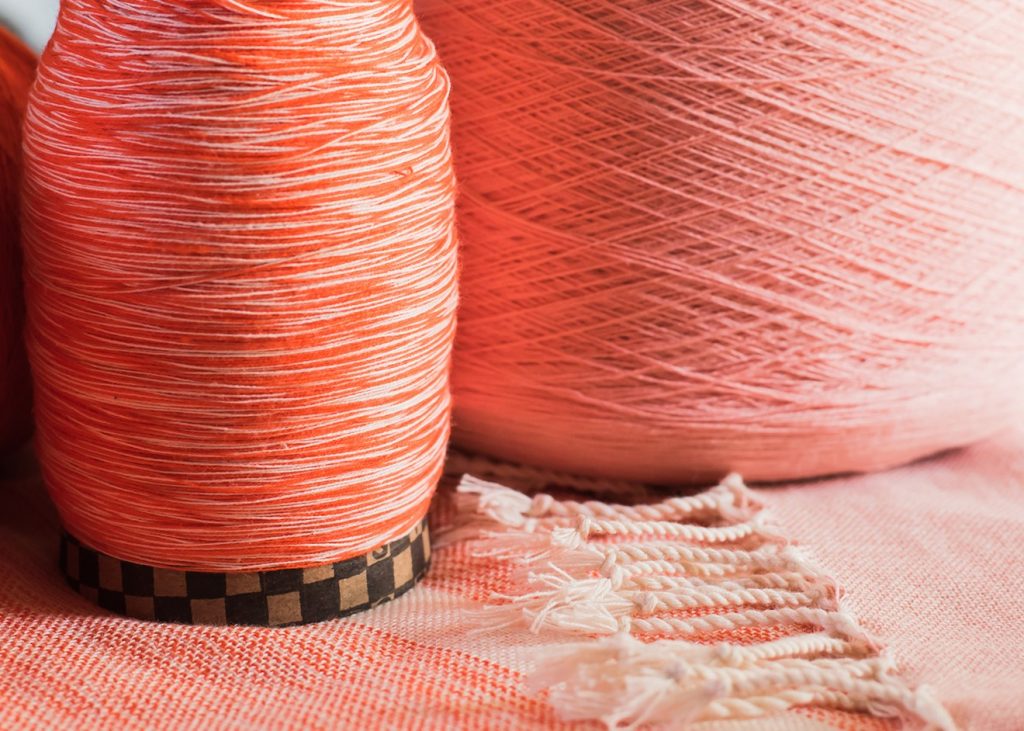
What is Yarn Made From?
Yarn can be made from such a variety of different fibres. This includes both natural and synthetic fibres. The most common plant fibre is cotton, however, you can also use other natural fibres such as bamboo. Alongside cotton, the synthetic polyester fibre makes up the two most commonly used fibres. Animal fibres are also often used, such as wool, harvested from sheep, as well as cashmere (harvested from goats) Angora (from rabbits) and silk (from insect larvae).
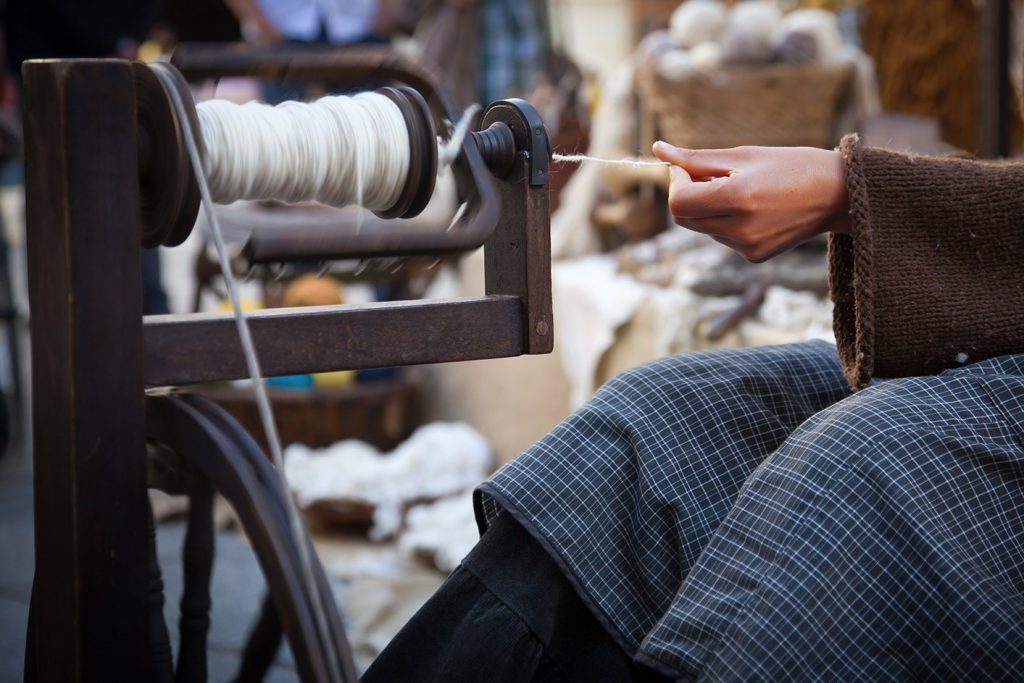
What is the Difference Between Spun and Filament Yarn?
Spun yarn is made by twisting staple fibres together in either an S or Z twist, to make a single thread. The process of twisting the fibres together into yarn is called spinning and it was one of the first processed to be industrialised. Spun yarns can contain a single type of fibre, or you can spin various types of fibre together to give you a blend.
Filament yarn is made up of filament fibres which are either twisted together or simply grouped together. It can either be composed of one filament, which is called a monofilament, or it could be made of more than one, in which case it would be known as a multifilament. This can be as few as two or three filament fibres, or even up to 50, or more.
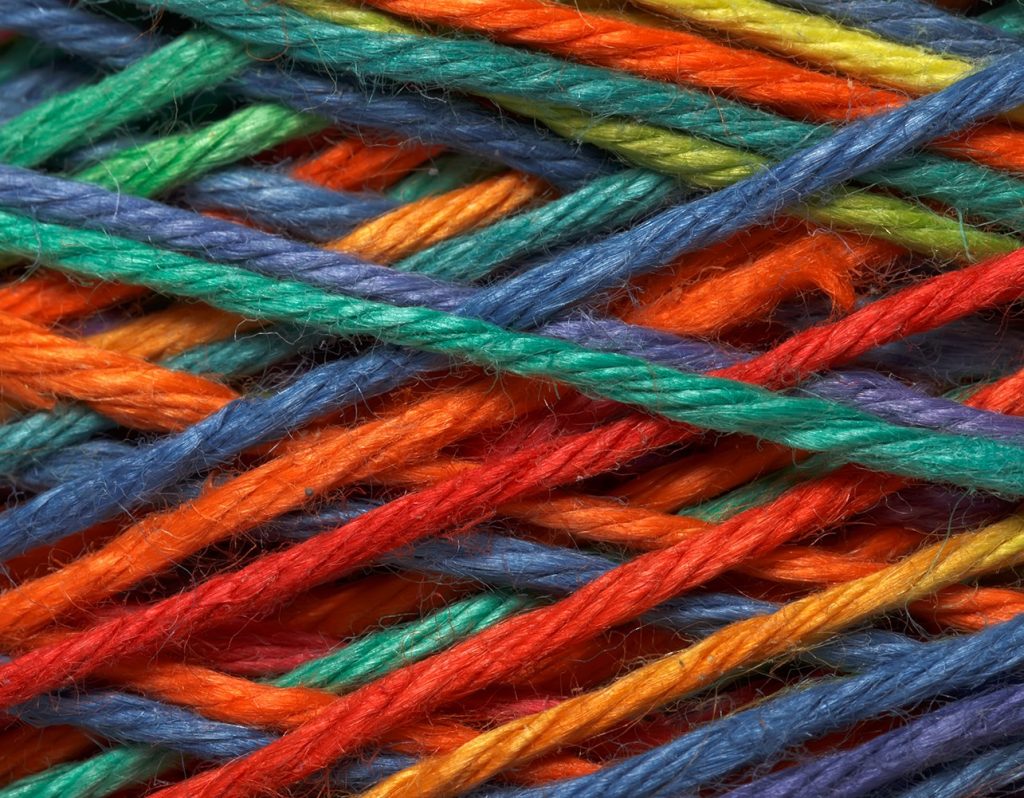
What is an S or Z Twist?
When spinning, your yarn is composted of twisted strands of fibre. These are known as plies when grouped. The strands are twisted together – or plied – in the opposite direction to make a thicker thread. Whether you have an S-twist or a Z-twist is dependant on the final twist. For those which appear to have the threads going up and to the left, it would be considered an S-twist, whereas those which go up and to the right, are z-twist yarns. For single-ply, the final twist will always be the same as the original twist.
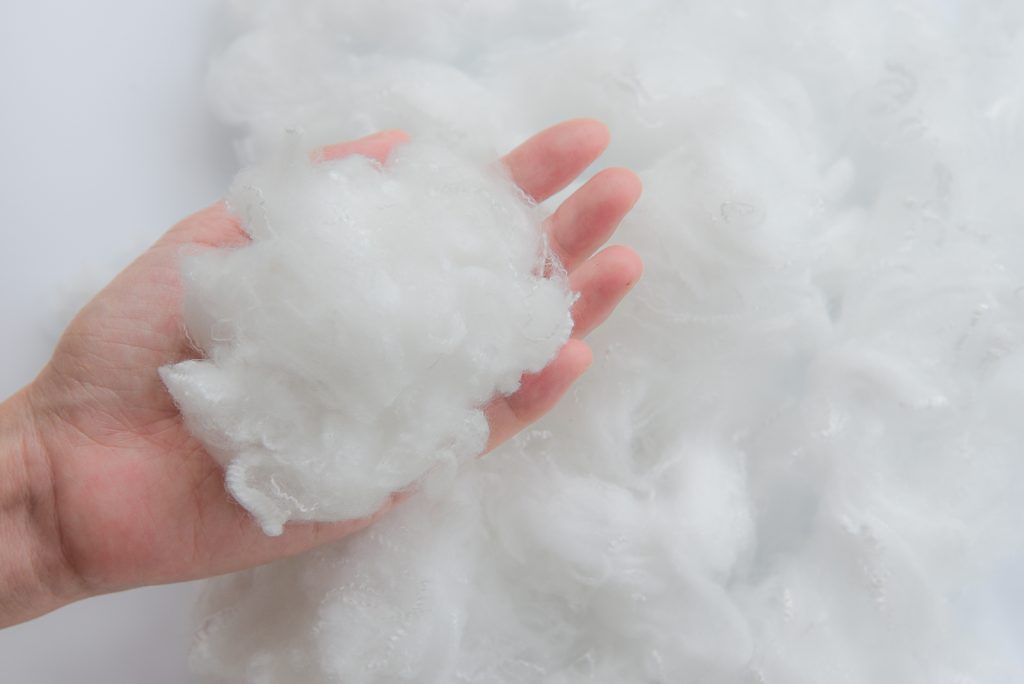
What is the Difference Between Staple Fibres and Filament Fibres?
A staple fibre is one that is considered of discrete length. These are short fibres which are spun together to create a long, spun yarn. Staple length is the term which relates to the length of the group of fibres. Depending on the origin of the fibres this can vary greatly, so the staple length would be an average. The staple length makes a vast difference in the complete yarn; shorter staple lengths will provide a ‘hairier’ outcome, whereas longer ones will give a smoother end result.
A filament fibre is a continuous, or near-continuous, length of fibre that is used to make the final result. Silk is the most common natural filament fibre, however, most synthetic fibres are created in the form of filament fibres. If you cut a filament fibre into individual lengths, it will become a staple fibre.


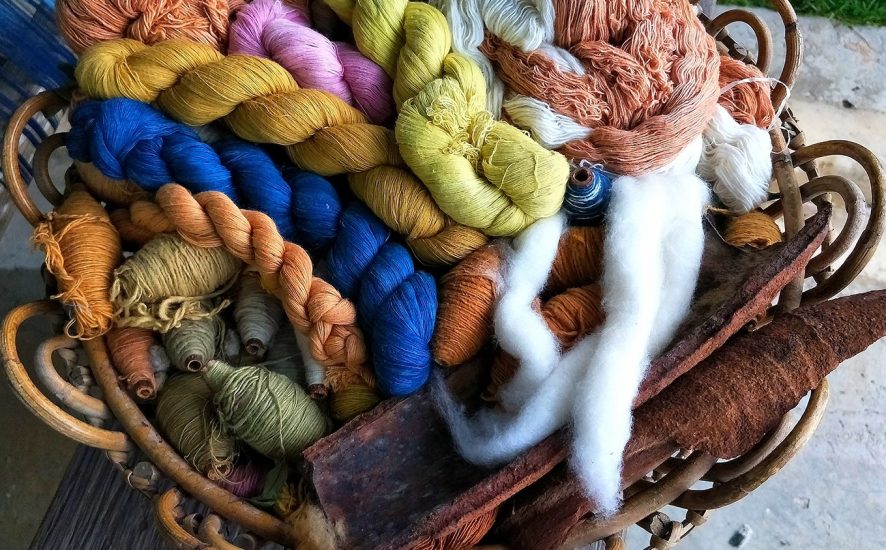
Dear Becca,
Your article has been of great use today as l will be introducing my students to the topic in Clothing and Textiles on Fabrics, Fibers and Yarns
I will use it in explaining something about Yarns
Best,
Fanny